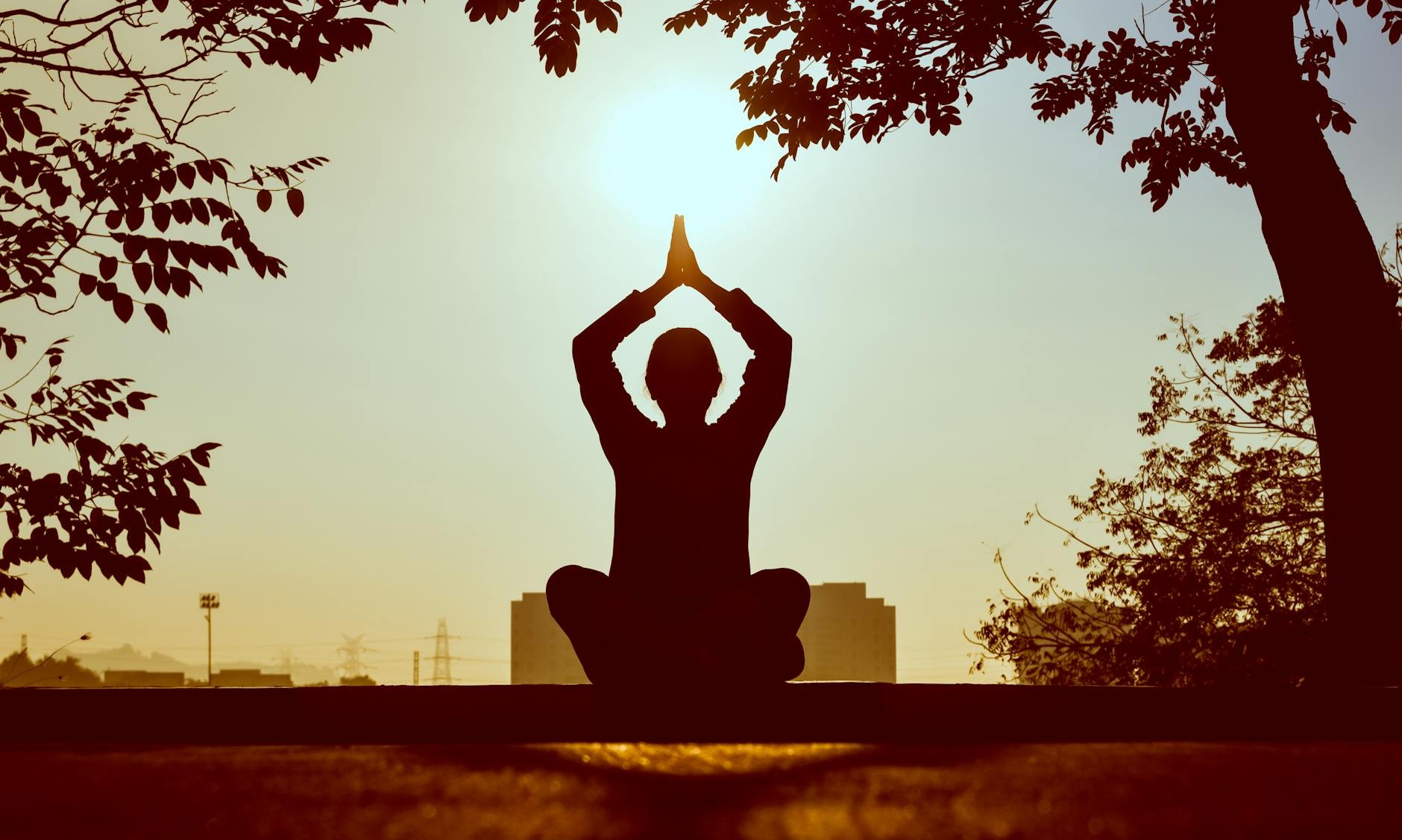Meditation provides opportunities for tranquility and increased awareness in a chaotic environment that is often distracted by our senses. Research has indicated that meditation can be more than a temporary relief of tension. Meditation can lower blood pressure, irritable bowel syndrome, anxiety and depression, and insomnia.
It provides people who meditate with an opportunity to improve their physical and emotional health. There’s no “right way” to meditate, which means that people should try the various types of meditation before they find one that best suits them
Types of Meditation
1. Loving-kindness meditation
Loving-kindness meditation, also known as Metta meditation, aims to build a kind and loving attitude, including your nemeses and traumatic triggers.
Practitioners open their minds and accept loving kindness while taking deep breaths. They then send the world, other individuals, or their nearest and dearest, messages of loving kindness.
2. Body scan or progressive relaxation
Progressive relaxation, also called body scan meditation, is meditation which guides people to scan their bodies for areas of stress. The goal is to note and let go of stress.
Practitioners begin at one end of their body, usually their feet, during a slow relaxing session, and progress through the whole.
3. Mindfulness meditation
Mindfulness is a form of meditation that encourages practitioners to remain present. Instead of dwelling on the past or anticipating the future, mindfulness fosters awareness of the existing environment. A lack of judgement is key to this. For instance, instead of becoming frustrated with a long wait, a person only observes the delay without judgement.
4. Breath awareness meditation
Breath awareness is a type of mindful meditation that encourages mindful breathing.
Practitioners breathe slowly and deeply, counting their breaths or otherwise focusing on their breaths. The goal is to focus only on breathing and to ignore other thoughts that enter the mind.
5. Kundalini yoga
Kundalini yoga is a physical embodiment of meditation that combines deep breathing and mantras with bodyweight movements. Usually people learn from an instructor or in a class. Somebody can learn the poses and mantras at home, however.
Kundalini yoga can boost physical strength and reduce pain, in the same way as other practices of yoga. This type of yoga decreases anxiety and depression, improving mental health.
6. Transcendental Meditation
Transcendental Meditation is a type of spiritual meditation in which practitioners sit and breathe slowly. The purpose is to transcend or go above the actual state of being. Practitioners rely on a mantra, or a repetitive phrase or sequence of words during a meditation session. A teacher defines the mantra based on a diverse set of factors, sometimes including the year of birth of the practitioner and the year of preparation of the instructor.


